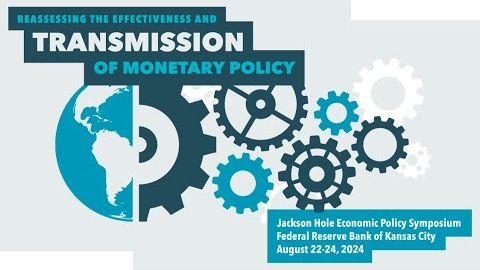傑克遜霍爾研討會 美聯儲主席傑羅姆-鮑威爾的講話 (Jackson Hole Symposium Federal Reserve Chair Jerome Powell’s remarks)
zack 發佈於 2024 年 09 月 30 日  沒有此條件下的單字
沒有此條件下的單字US /ɪkˈstrɔ:rdəneri/
・
UK /ɪkˈstrɔ:dnri/
US /kəˈmɪtmənt/
・
UK /kə'mɪtmənt/
- n.承諾;承諾,服務承諾;奉獻;投入;義務;責任;財政承諾
US /ɪk'strimlɪ/
・
UK /ɪkˈstri:mli/
- adv.極端地 ; 非常地;非常;從極端的角度來看
US /pænˈdɛmɪk/
・
UK /pæn'demɪk/
- adj.(疾病)大規模流行的,廣泛蔓延的
- n.大流行病
